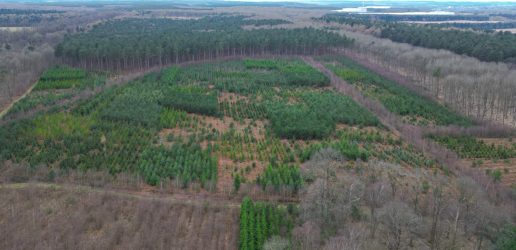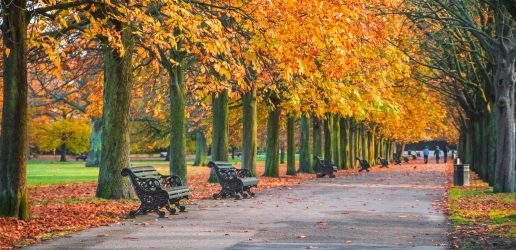
The latest in our Climate Change Factsheet series have been published today, Wednesday 9th February.
Aimed at practitioners, the factsheets showcase the breadth of research carried out by Forest Research, sometimes over decades, demonstrating how trees and forests are facing the challenges of climate change, and offering actionable insights into how trees and woodlands can help mitigate the effects of climate change.
These next four factsheets cover adaptation, urban forests and the effects of climate change on the impact of Canker and Phytophthora. The factsheets can be viewed and downloaded from the links below:
Climate change and tree diseases (Canker) – Forest Research
Climate change and tree diseases (Phytophthora) – Forest Research
Climate change and urban forests – Forest Research
Climate change adaptation – Forest Research
There are now 12 factsheets in the series, and they can be viewed on this website.
Recent News
View All news
Seventeen coniferous tree species show early promise for future commercial timber production in the UK
Researchers have set up a network of nine large scale experiments across the UK to test the suitability of 17 tree species as potential alternatives for future commercial timber production.
Forest Research are looking for people involved in the harvesting, processing, transport, import, or trade of firewood in Scotland to complete an important survey.

New guide to help local authorities conduct a people survey on the social value of their treescapes
A new step-by-step guide to help local authorities, charities and civic societies carry out a people survey to understand social and cultural values related to trees in their area, is now available.

Seventeen coniferous tree species show early promise for future commercial timber production in the UK
Researchers have set up a network of nine large scale experiments across the UK to test the suitability of 17 tree species as potential alternatives for future commercial timber production.
Forest Research are looking for people involved in the harvesting, processing, transport, import, or trade of firewood in Scotland to complete an important survey.

New guide to help local authorities conduct a people survey on the social value of their treescapes
A new step-by-step guide to help local authorities, charities and civic societies carry out a people survey to understand social and cultural values related to trees in their area, is now available.

